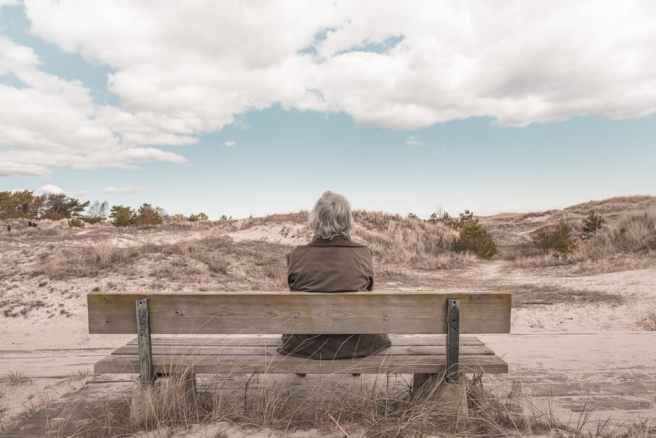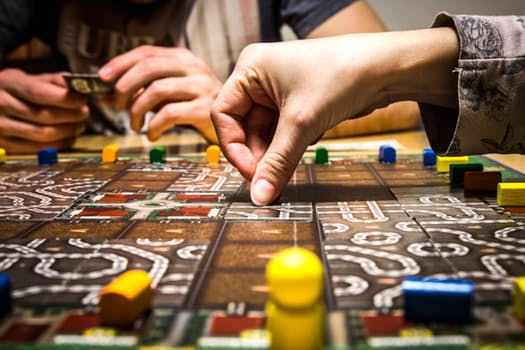
BY: ALISON
The facts are scary. Research suggests people with traumatic brain injuries have a higher risk of developing dementia, including Alzheimer’s Disease. The good news is research also suggests that by maintaining a healthy lifestyle and participating in key activities, the risk of Alzheimer’s and dementia may be reduced by 50 per cent.
A healthy lifestyle includes doing what we’re all supposed to be doing anyway: maintaining a healthy diet, getting quality sleep and proper stress management.
Here are three main types of activities that can prevent, slow and possibly even reverse cognitive deterioration:
Physical activities
Regular, moderately intense exercise is essential. Keep in mind that the definition of moderate exercise is different for everyone. If you exercise too lightly, you won’t reap the benefits from it, but if you push yourself too hard, you risk injuring yourself. Where possible, the exercise regimen should include cardiovascular, muscle strengthening, and balance exercises. Do what you can and do your best. For example, if you can only use your arms, then find endurance and strength training exercises that are tailored to your arms, shoulders, and back.
You can find examples of exercise routines from a chair, here.
Social activities
Face-to-face interaction is the best. You can be one-on-one or with a group of people as long as you are engaged in the exchange. You could join a club, volunteer, take a class, chat with a friend over coffee, go to a museum etc. If you aren’t able to go out, have a phone conversation or video chat with a friend.
You can also join our #BISTUESDAYS or #BISTEVENINGS activities!
Mentally challenging activities
There are many different types of brain training activities with varying difficulty. The greater the challenge and novelty, the better, but work your way up to more complex activities gradually. Here are just some suggestions:
- learn something new (e.g. skill, language, musical instrument etc.)
- change your habits (e.g. use your non-dominant hand, explore new routes, try different organizational systems for your things and electronic files, etc.)
- play games (e.g. board games, card games, puzzles, crosswords, riddles, brain teasers, memory games, word or number games, math games, etc.)

Other important factors to take into consideration:
- The activities must be challenging and engaging, which means that they should be, at least, moderate in complexity or intensity. Remember to increase the level of difficulty of your activities as you improve.
- There must be variety in the activities, so that your brain is truly being challenged to form new neural connections. Adding variety to your regimen will also help to make your activities more fun, engaging, and challenging.
- The best results are achieved when a single task incorporates at least two of the three types of activities. For example, playing board games with other people is considered a social activity as well as a mentally challenging activity. Also, exercising with another person and playing a team sport have both physical and social components, making them better options than exercising by yourself.
I’d like to note that these strategies are also helpful in treating brain injuries, depression, and low self-esteem. So get active, try new things, connect with friends, and have fun with it!
Thank you to Dr. Emily Nalder for presenting this information at BIST’s Aging and the Brain seminar in February, 2015.
‘Mind Yourself with Alison’ is a collection of self-help tips, research, and personal experiences dedicated to helping people thrive after brain injury (or other trauma). Check out Alison’s other BIST Blog articles Women and Brain Injury: What you need to know and How to be a Good Friend to a Survivor.
Filed under: Mind yourself with Alison, Uncategorized Tagged: Alzheimer’s Disease, Dementia, Dr. Emily Nader, neuroplasticity, Physical Activity
![]()





